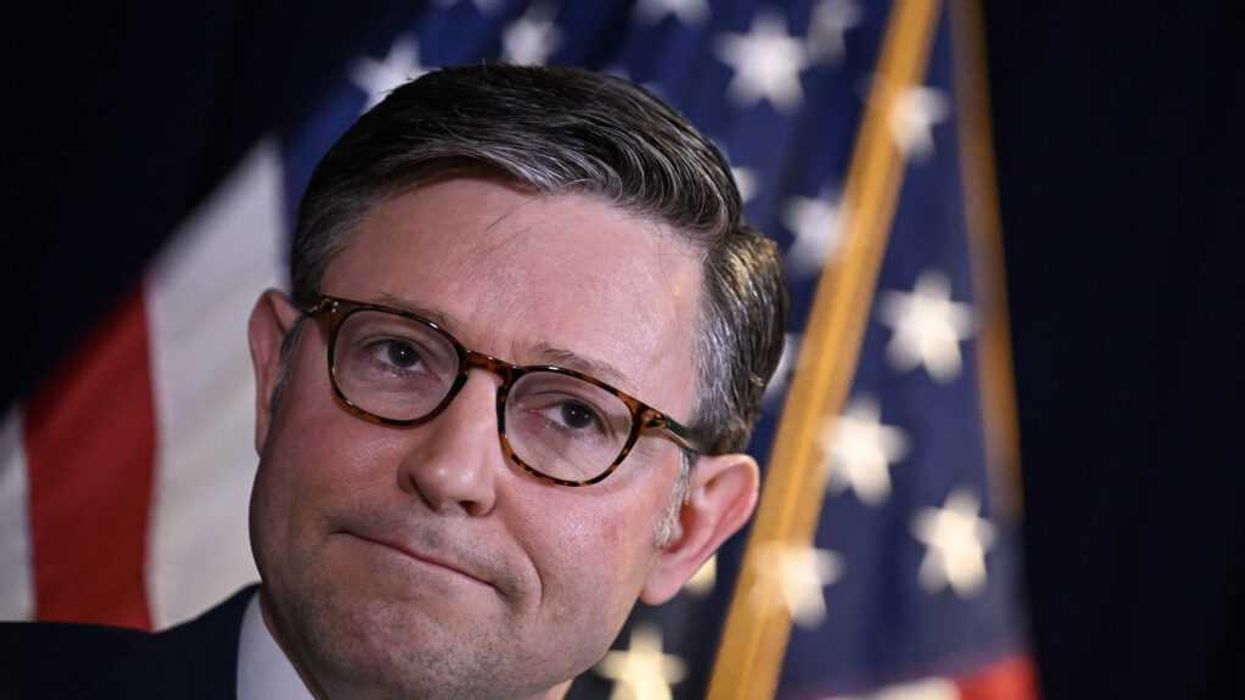Firstenberg, a former Senate staffer, is an artist and created an installation near the Washington Monument to make visible the human toll of the Covid-19 pandemic.
“I probably have, what, 10 more years? And nothing to do with them,” he said. The 64-year-old good ol’ boy had meant to vent his frustration. Instead, he uncovered his sad truth.
By pulling front-end in beside my charging Tesla, he had blocked my car door from opening with his black, extended cab F150. Parked with windows open at a Wawa in southern Virginia, I became his defacto captive audience.
“How long does it take to charge that thing?” he began. Without waiting for my response, he launched his first salvo, “You know, that battery will be an environmental hazard.” Likely, he had just pumped $5.29 per gallon gas.
His grievances burst forth in a racist, liberal-bashing, ugly froth. Always ready to learn about people, I let him talk. Figuring he would not physically attack me in broad daylight, I employed the fine art of rational/emotional jujitsu. We had chosen our weapons — his was anger and grievance. Mine was that he had underestimated me.
As he railed against Black people, I looked into his eyes and asked, “What makes you and me better than Black people?” As evidence, he told me of a Black woman who had set her bag of Costco groceries on the hood of his truck while she buckled her daughter into her car seat.
“So you cared more about your paint job than the safety of a child?” I challenged him. He stammered, then continued. He had lost his job at a florist shop because he had called a customer the “N” word. “And the woman who fired me was older than me!”
Now we were getting somewhere.
“President Biden is ruining the country!” he said, pivoting subjects.
“Congress is the problem,” I countered, asking him who is sending all these idiots to D.C. “People have more power than they know,” I countered. “Vote for better people.”
“The environment is going to hell. Everything is going to hell,” he lamented. “I probably have 10 more years to go … and what do I have to do?”
“You can help a lot of people in 10 years’ time. You just have to focus on others.”
Twenty minutes of being heard likely did not change his world. Those minutes changed mine. They clarified the existential depths of despair that animate America’s angry and aggrieved.
They need us to hear them. Not to agree, but to guide them away from identities of ideology and to challenge them to matter. They can matter. With our help, most of them will.


















